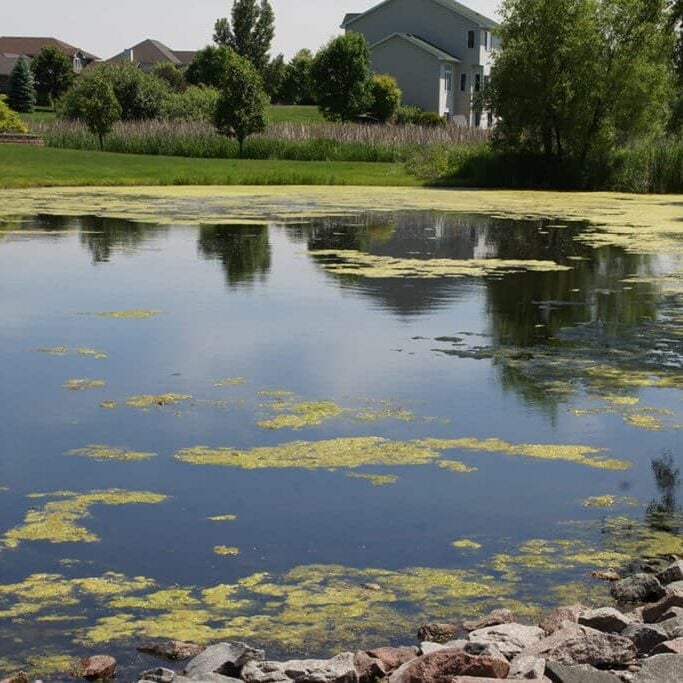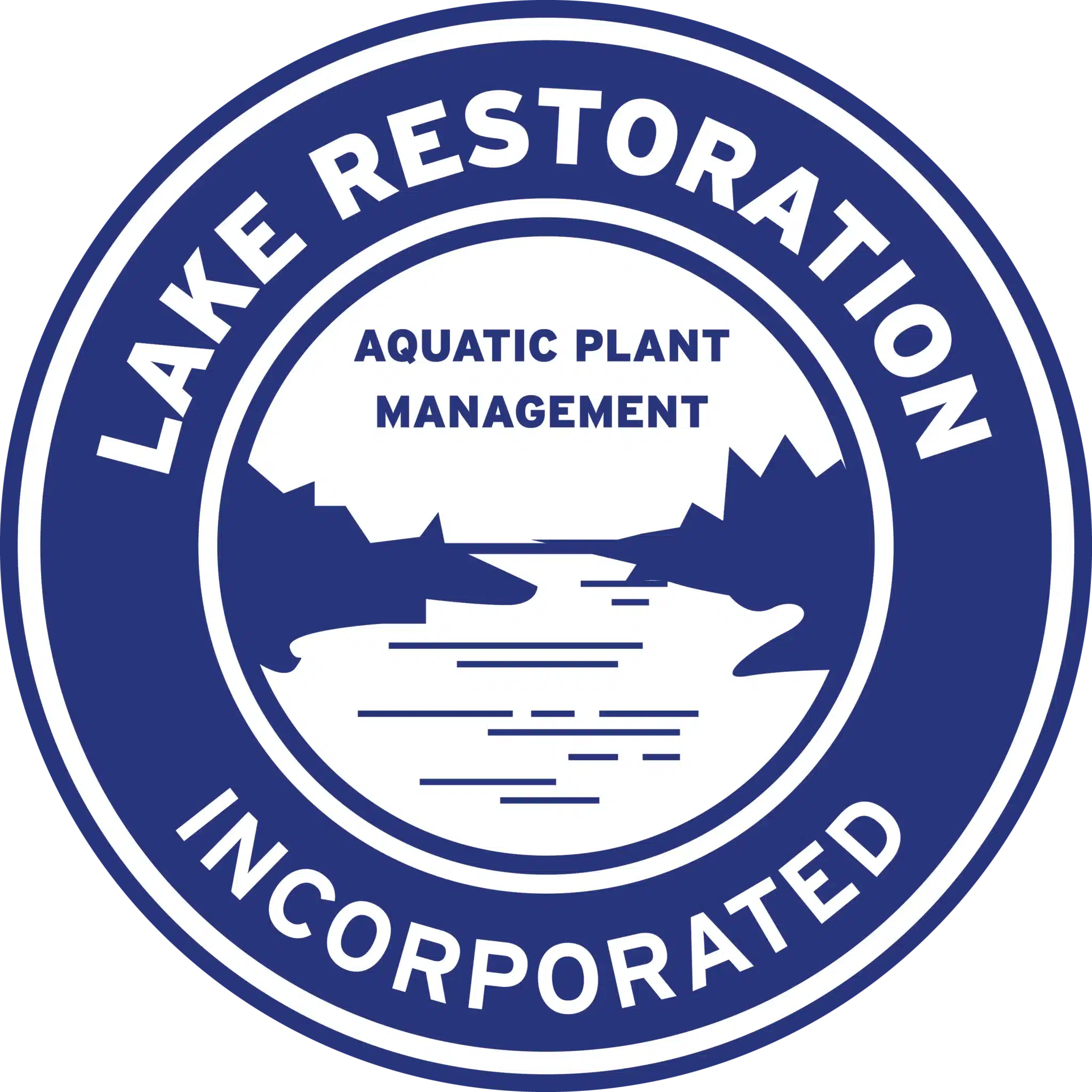
How Does Algae Grow from Nothing?
Overview
Algae are single-celled organisms that thrive in nutrient- and sun-rich water bodies. They photosynthesize to produce oxygen during the day and use oxygen in the water at night. Since they’re the bottom of the food chain, they are important to have; however, too many of them can cause oxygen depletion in the water and disrupt the life cycle of the ecosystem.
The four most common types of algae are filamentous, planktonic, stonewort, and Chara. Filamentous algae form strings and mats, planktonic look like paint spills, stoneworts are gelatinous in appearance, and Chara algae closely resemble a submerged plant. They are all treated using copper algaecides such as copper sulfate or Mizzen, but Cape Furl can be used when trout, koi, or channel catfish are present. Cape Furl cannot be used on Chara, however, because it requires copper for effective control.
How Does Algae Grow in Water?
When waters are warm, algae are growing. They love the tropical temperatures and will thrive in the heat of the summer. Ideal range for most types of algae growth is between 60° F and 80° F, but the sweet spot is more specifically right around 75° F. Along with warmth, these organisms need nutrients. They feed mainly on free-floating phosphorus in the water column, as it’s the number one nutrient they need to grow.
Reducing the amount of phosphorus is a great way to help prevent future algae growth. PhosControl locks up any excess phosphorus in the water, making it unavailable to the algae, essentially cutting off their ability to feed themselves.
Since algae photosynthesize, they rely heavily on sunlight for the growth process. So, how much light does algae need to grow? Typically, about 10-15 hours of sunlight per day is perfect for them and will allow them to grow rapidly. A good way to reduce the amount of sunlight the algae are getting is by using pond dye to filter out colors on the light spectrum.
Water Movement and Stratification
Like many other aquatic plants, all types of algae love still water. No movement in the water means the nutrients will accumulate, providing the ideal environment for the organisms. Still water also becomes thermally stratified, meaning the top layer of water is much warmer than underneath, which the algae also thrive on.
When a water body stratifies, it essentially separates into layers, which can cause depleted oxygen and higher rates of algae and bacteria growth. In some cases, this can lead to a loss of ecosystem life such as fish and other animals that need the water to survive. The two types of stratification are thermal and salinity, which change the density of the water, in turn creating the layers.
The best way to prevent a water body from becoming too still or stratifying is by aerating and circulating the water. The Vitaflume fountain not only aerates a pond to help prevent algae growth but has a beautiful pattern to enhance the appearance of it as well.
Conclusion
Although different types of algae can grow easily and rapidly in many conditions, there are ways to reduce the overall growth in a water body. By locking up the excess phosphorus, adding pond dye, and aerating with a fountain, the amount of growth will be lessened. Even if it’s not completely preventable, making algae growth manageable is the key to a healthy aquatic ecosystem.

